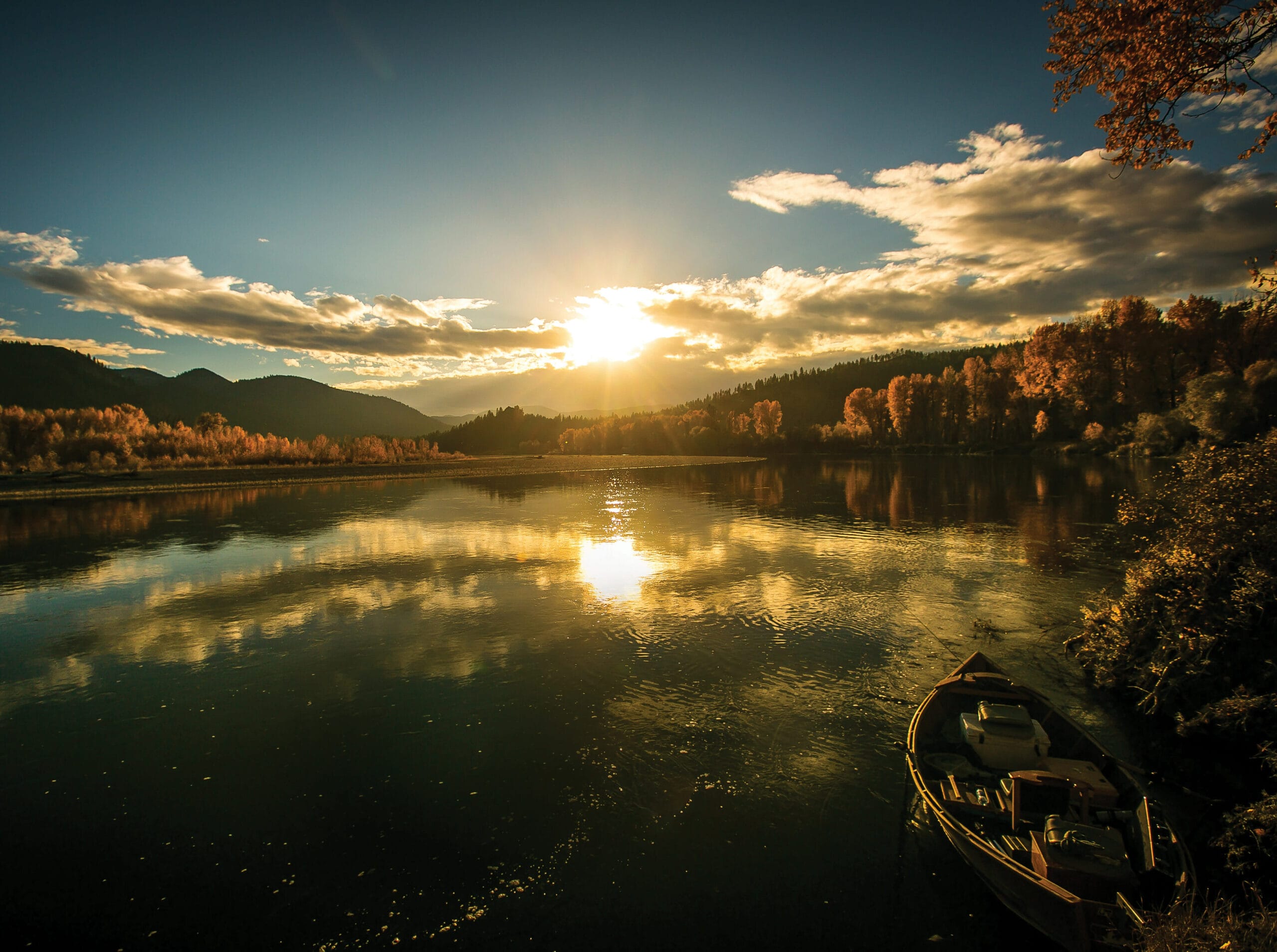Millions pour into western Montana to reconnect the watershed and restore endangered bull trout populations
This is a story about a river running through the largest superfund site in America. Butte, America, that is.
Once known as “the richest hill on earth,” Butte, Montana, once produced so much copper that the Anaconda Company––which extracted and smelted this valuable material in nearby Anaconda––was the fourth largest company on earth and produced about a quarter of the world’s copper supply. What remains, however, is the largest superfund project in the country, a lake so toxic it killed thousands of migrating snow geese upon landing and 10,000 miles of mining tunnels––many of which are now filled with water––underneath the town itself.
All of this has created a major problem for the Clark Fork River, even 120 miles downstream through Missoula. This river has long felt the impacts of pollution created by mining and smelting in Butte and Anaconda.
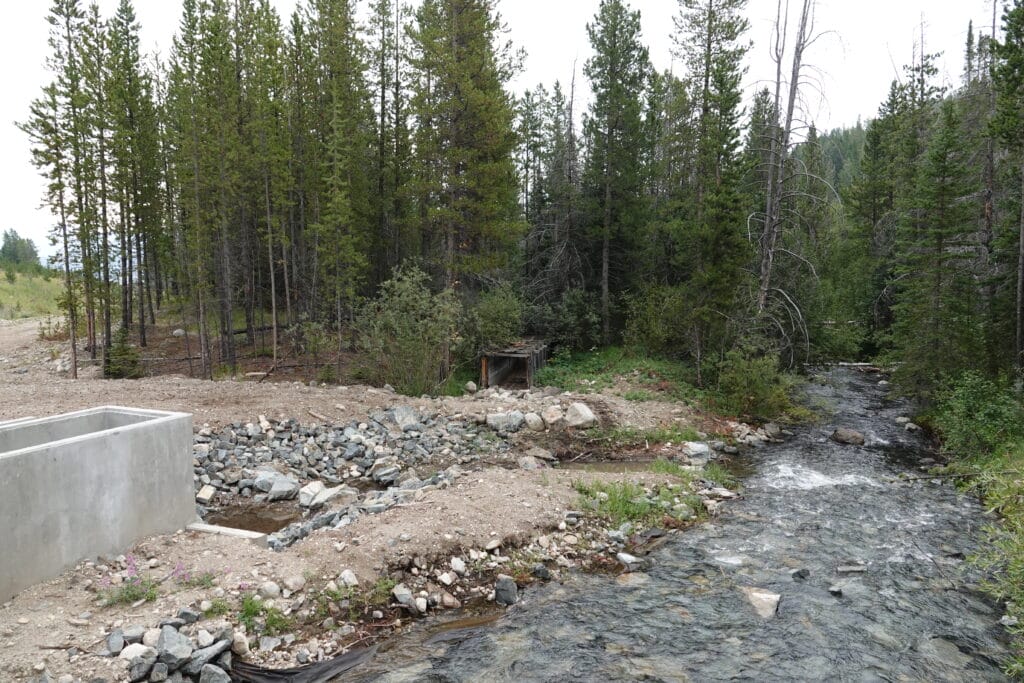
Focus on what could be
One constant remains, however: different generations discussing what was lost and what could be. Casey Hackathorn, Montana state director for TU, falls into the latter category after years of work on the Clark Fork.
“This used to be a dead river,” said Hackathorn. “But that’s slowly been changing after decades of restoration efforts, and the recent federal infrastructure funding has accelerated what we’ll be able to accomplish in the coming years.”
Although hundreds of millions of dollars have poured into the decades-long superfund restoration, much work still needs to be done for native bull trout fish passage. And, to this day, these efforts continue to face challenges from historic mining and smelting infrastructure.
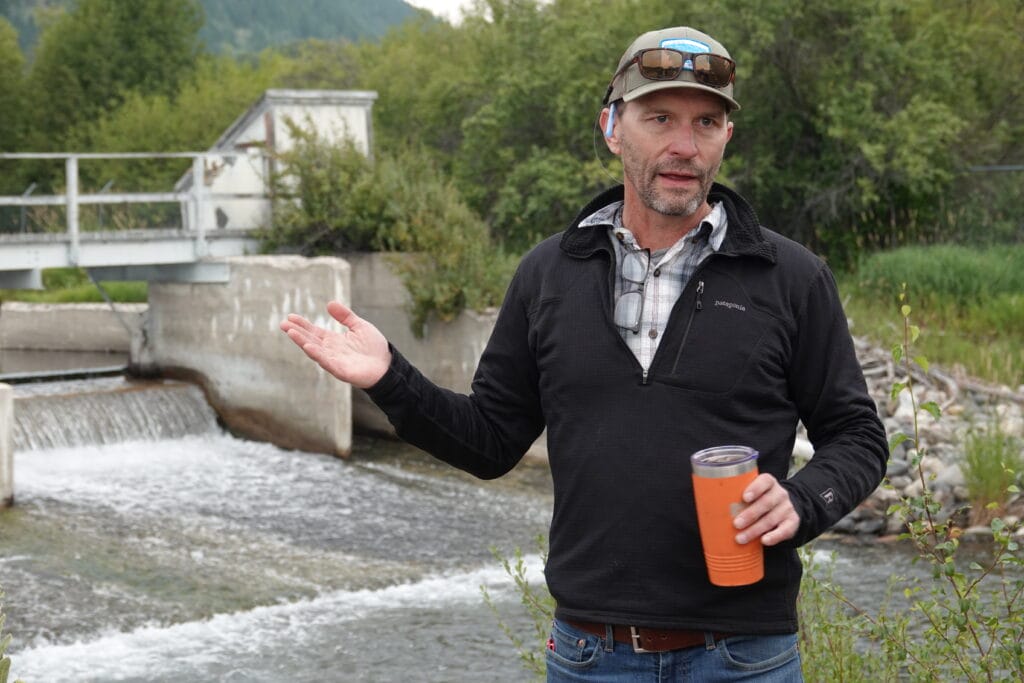
“What’s most interesting about this area is how the history of mining and smelting are still playing a role today in the water infrastructure of local communities,” said Hackathorn. “Dozens of miles upstream in the tributaries of the Clark Fork you’ll find the same infrastructure formerly used to supply smelting operations still supplying local industry.”
In the late 1800s, the Silver Lake Water System was developed to supply copper smelting operations and could deliver up to 50 million gallons of water per day. Today the system is operated by the city-county of Butte-Silver Bow as an industrial water utility. The water system includes a series of dams, diversions, reservoirs, pipelines and pumps on Twin Lakes, Storm Lake, and Warm Springs Creeks.
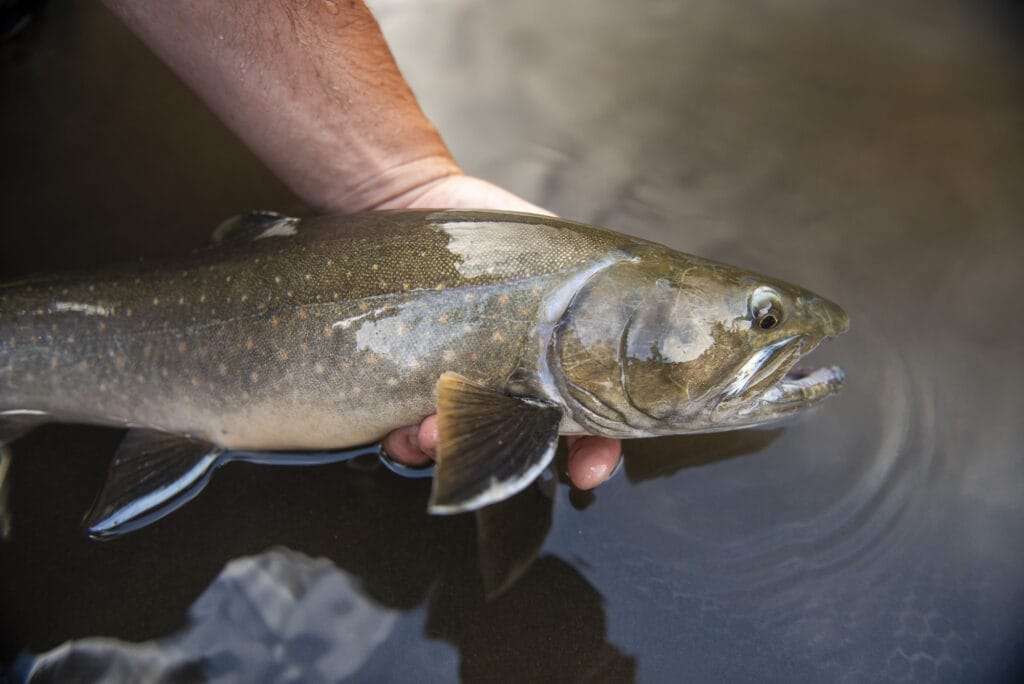
“Our goal is to reconnect the Warm Springs Creek watershed with the Clark Fork River for native trout migration and spawning for the first time in more than a century,” said Hackathorn.
Funded through a mix of Bipartisan Infrastructure Law, Inflation Reduction Act and state funds, agency partners like the U.S. Fish and Wildlife Service, Bureau of Reclamation, U.S. Forest Service, Resources Legacy Fund, Montana Fish, Wildlife and Parks and Montana’s Natural Resource Damage Program plan to invest more than $4 million through partnerships with TU and the Clark Fork Coalition.
“This has been a huge partnership effort,” said Hackathorn. “It’s a testament to how federal, state, and local governments can work cooperatively with private landowners, non-profits, and local communities towards a common goal.”
This sentiment was most recently recognized by the White House, which named TU’s work in the Clark Fork one of ten “transformational” fish passage projects across the country.
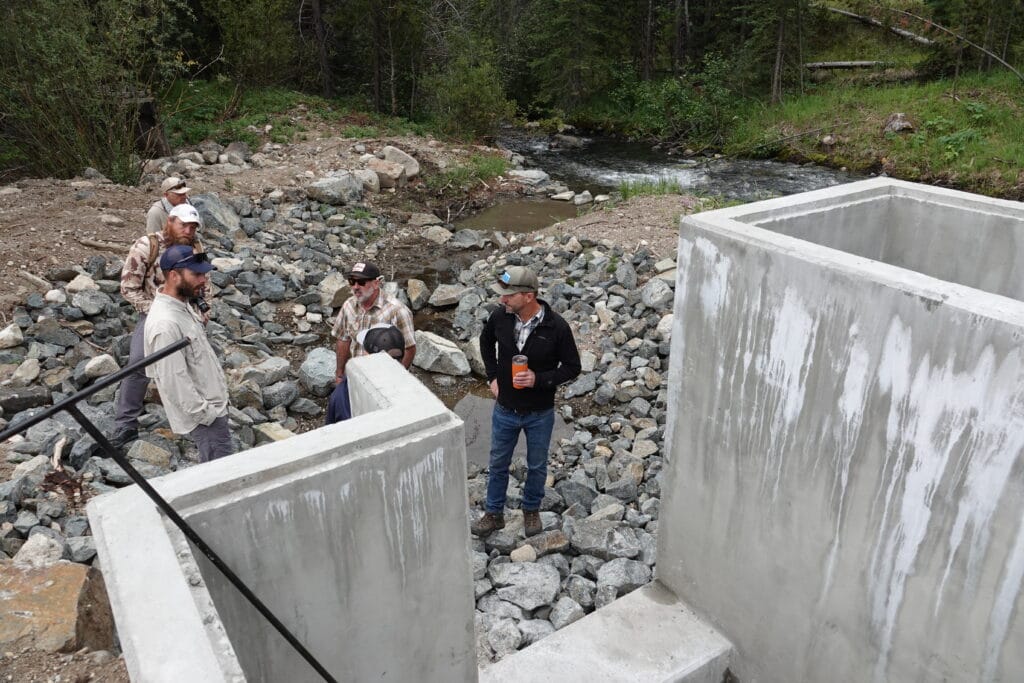
“This announcement comes at a great time,” said Brian Chaffin, Clark Fork Coalition executive director. “We have the expertise and experience to continue this work strategically and effectively across the watershed and are well-poised to support the White House’s aim to reconnect the Clark Fork for improved ecosystem function, climate resilience, and clean water.”
TU and our partners couldn’t be prouder to affect so much positive change in this area. As these investments start hitting the ground, expect more updates on how this watershed should transform in the future.



